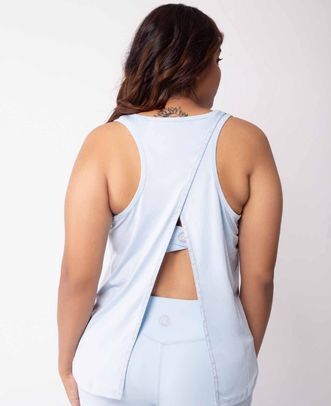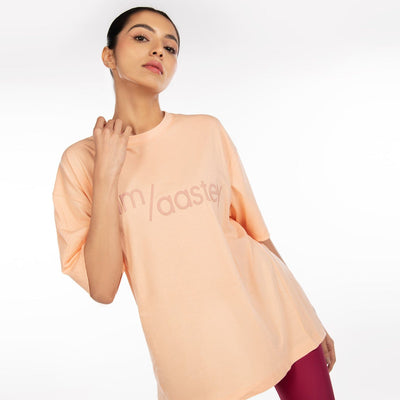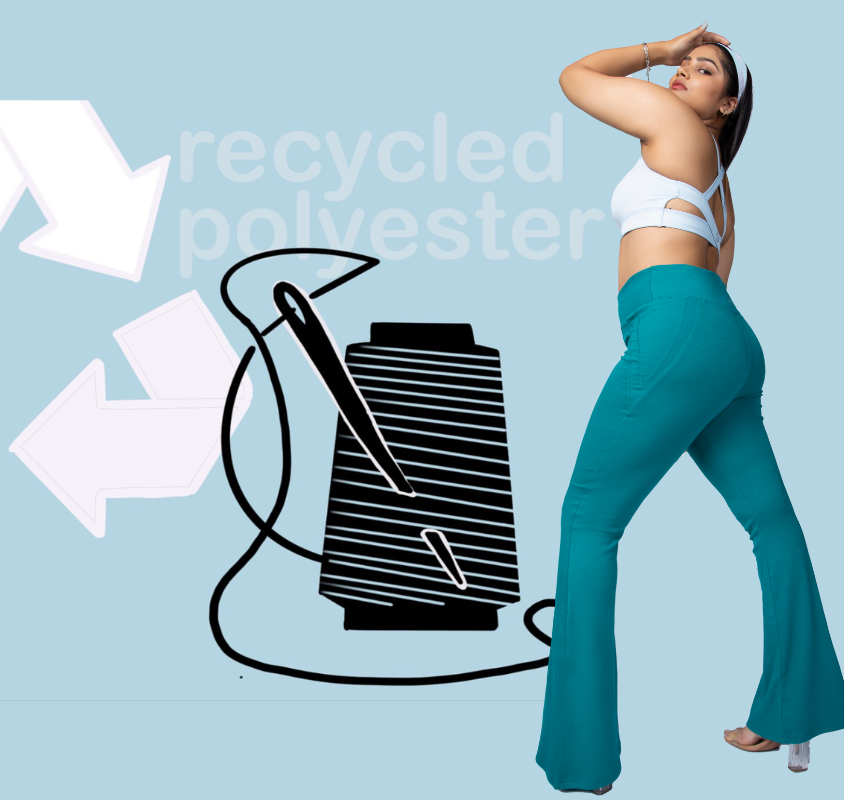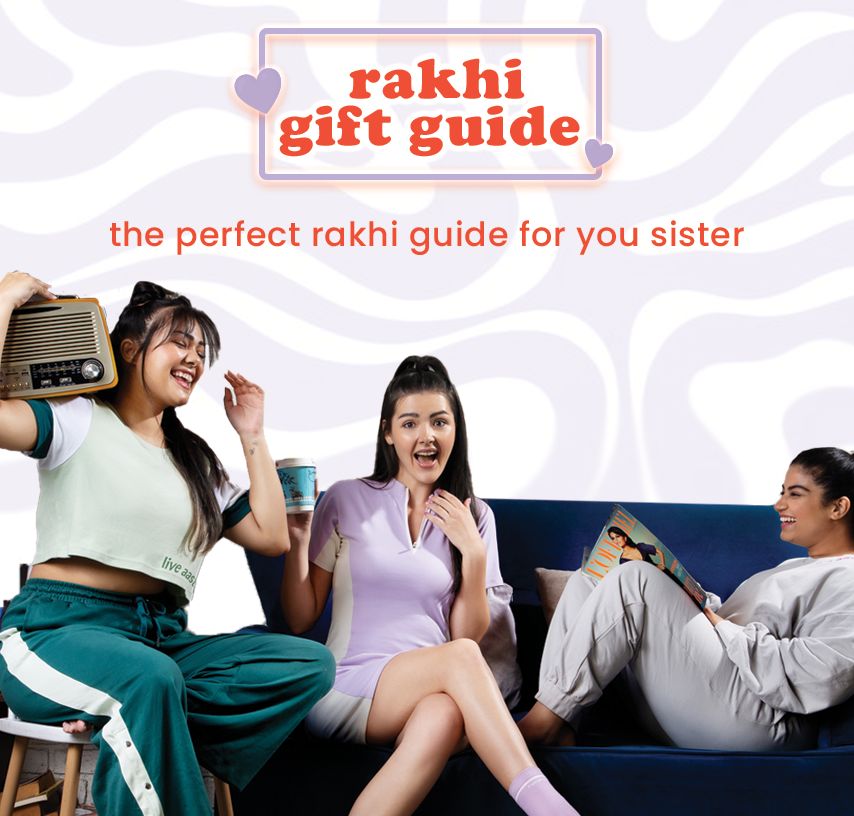who can ever say no to the luxurious feel of satin-smooth silk? it’s a fabric of legends discovered in 2640 BC by the Chinese empress xi ling shi, according to some stories.
silk is one of the most valued fabrics in the whole world. but while you admire that shimmering, delicate fabric that commands a royal elegance, have you ever wondered if this royal fabric is really sustainable?
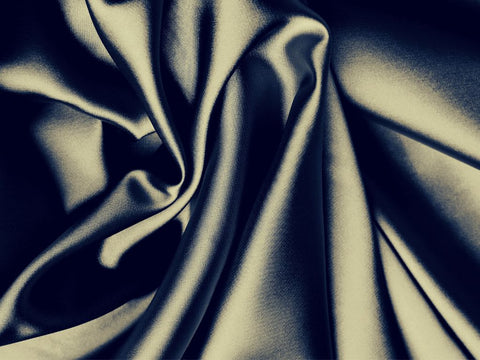
don’t hold your breath. silk is a biodegradable and natural fibre, but the way it is produced has a larger environmental impact than other natural fibres. in fact, it has a greater environmental impact than the infamous cotton.
the sustainability index of silk
silk uses more fresh water, causes more water pollution and produces more greenhouse gases than cotton. the method of producing silk is a labour-intensive process. thousands of silkworms are gathered and their cocoons are harvested. a silkworm spins around 300,000 times and needs around three to eight days to create a single 100-meter strand. around 2,500 silkworms are needed for one pound of raw silk.

after they stop spinning, the cocoons are placed in boiling water to dissolve the gum and slowly reel the silk thread into individual threads. thereby killing the silkworms. now isn’t that just a little bit insane!
moreover, since one mulberry tree feeds only 100 silkworms, we need a lot of trees for silk production. it can pollute the groundwater and could even spread harmful algae in the environment, creating dead zones.
silk production is not only labor-intensive but also water-and energy-intensive due to the boiling process, which requires a lot of water and energy. humidity control in silk rearing centers, dying and processing also use a lot of energy.
so, sustainable? not really.
the measure of ethics
if production of a fabric requires killing silkworms while boiling them alive, then there really can’t be any petitions for being ethical on any grounds. around 1000 silkworms are killed to produce a single silk shirt. moreover, a few of the cocoons are allowed to mature only to be bred in captivity. working conditions in the silk industry are known to be less than ideal. workers are exposed to harmful chemicals, some of which are also known to be carcinogens.
don’t worry. this doesn’t mean that you will never be able to feel the texture of the glorious silk. here’s a list of alternatives:
- wild silk: is made from tussar cocoons found in open forests. as such, these cocoons are harvested after the moths have emerged, making them a much more sustainable option.
- peace silk: this is because the moths are allowed to fly away before the cocoons are boiled. however, the only issue here is that most domesticated silkworms are not fit to survive in the wild. they are not able to see and die soon after they emerge from their cocoons.
- recycled silk: using recycled fabric is always the best option, with zero killing and less need for resources.
- vegan silk: after all being said and done, if you can’t stomach the idea of using animals for producing fabrics, then there are vegan alternatives that you might want to try. there is lotus silk that is produced by spinning the long roots of the lotus flower, and there is pineapple silk and banana silk that save a lot of waste and resources. these alternatives are much more ethical and sustainable.
well, that’s about all there is to this saga of our precious silk. the only thing we can hope to do after knowing all this is to be more aware and kinder to all things in this universe.
take care and live aastey!

